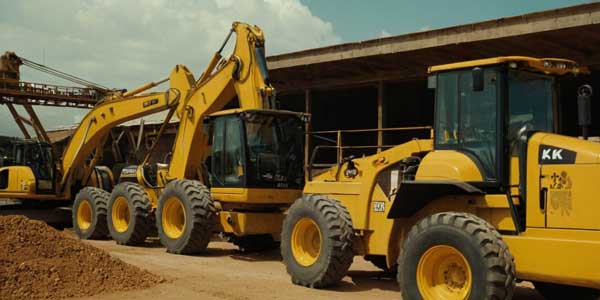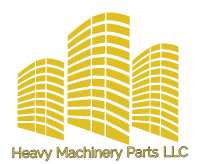In the world of heavy machinery, preventive maintenance is key to ensuring optimal performance and extending the lifespan of equipment. In this article, we’ll explore the importance of preventive maintenance for a heavy machinery cabin. From cleaning and inspection to addressing minor issues, each step is crucial to maintaining a safe and comfortable working environment for operators. Join us as we break down the five essential steps for effective preventive maintenance of the cabin!

Don’t forget, we also offer a wide range of spare parts for heavy machinery, so feel free to inquire about any replacement needs you may have. Just click on contact us.
Step 1: Cleaning and Inspection
Regular cleaning of the cabin interior and exterior is vital to prevent the buildup of dirt, dust, and debris, which can lead to equipment malfunction and operator discomfort. Inspect all surfaces, including windows, controls, and seating, for signs of wear, damage, or malfunction.
Step 2: Lubrication and Fluid Checks
Ensure all moving parts within the cabin are properly lubricated to prevent friction and wear. Check fluid levels, including hydraulic fluid, coolant, and brake fluid, and top up as necessary. Address any leaks promptly to prevent damage to cabin components.
Step 3: Electrical System Inspection
Inspect the cabin’s electrical system, including lights, gauges, switches, and wiring, for any signs of damage or malfunction. Test all electrical components to ensure they are functioning correctly and replace any faulty parts or connections.
Step 4: HVAC System Maintenance
The HVAC (heating, ventilation, and air conditioning) system is essential for maintaining a comfortable working environment inside the cabin. Clean or replace air filters regularly to ensure proper airflow and inspect the system for any leaks or malfunctions.
Step 5: Structural Integrity Check
Finally, conduct a thorough inspection of the cabin’s structural integrity, including the frame, doors, windows, and seals. Look for signs of corrosion, rust, or damage and address any issues promptly to maintain the cabin’s safety and durability.
By following these five essential steps for preventive maintenance of a heavy machinery cabin, operators can ensure a safe, comfortable, and efficient working environment. Regular inspections, cleaning, and upkeep are crucial for extending the lifespan of the cabin and minimizing downtime due to unexpected issues. With proper maintenance, operators can maximize productivity and reduce the risk of costly repairs or replacements in the long run.
